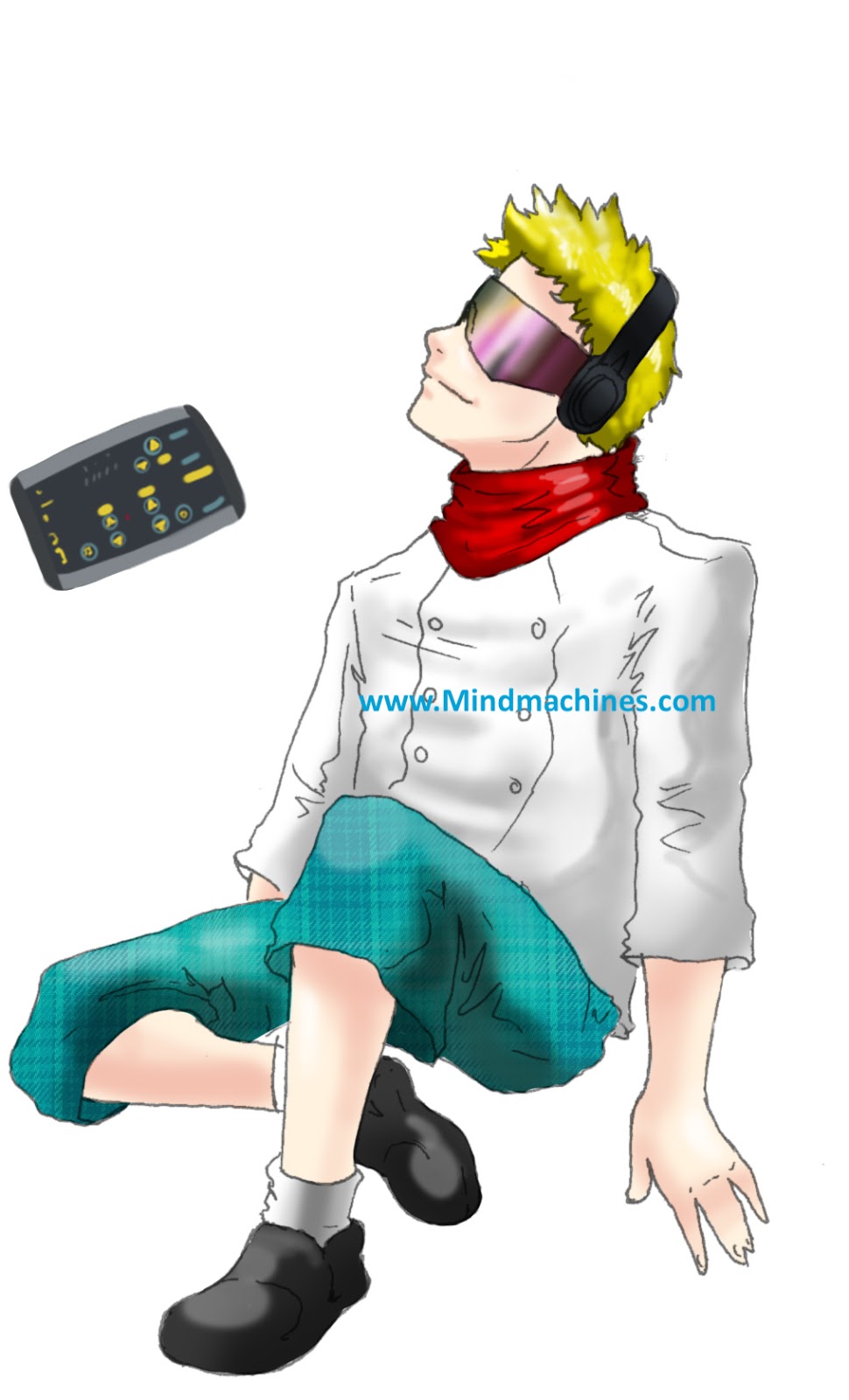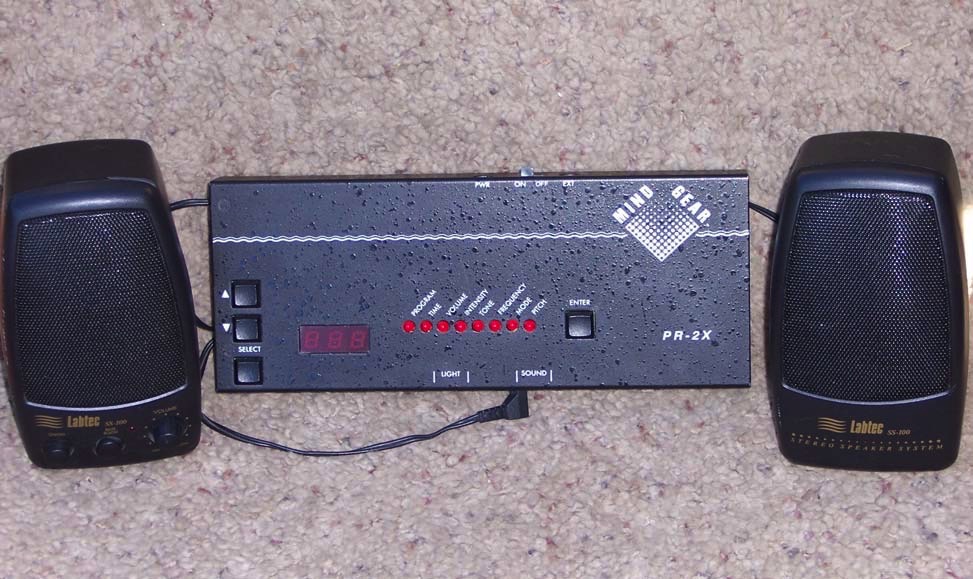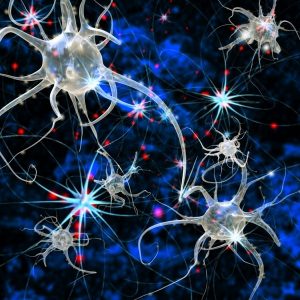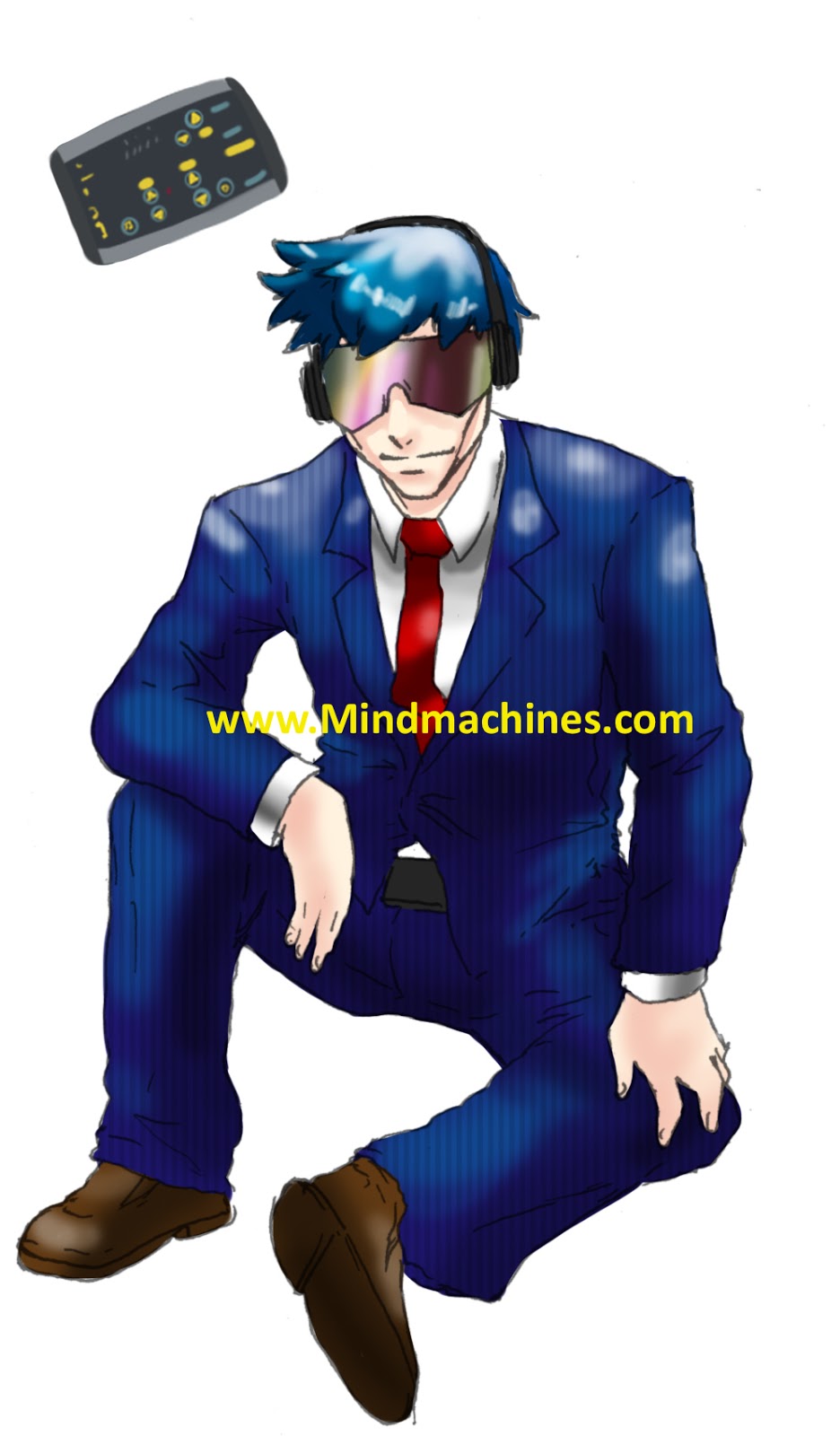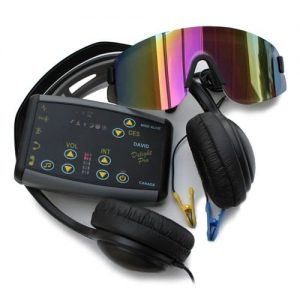Coping with Benign Anxieties
My problem is if I don’t have anything to worry about I’ll think things up. I’ve been this way for as long as I can remember. The scenarios rarely become reality, but that doesn’t stop my overactive mind. All this mindful chatter causes undue anxiety, whether perceived or real, and since most of my internal chatter is harmless I refer to them as my benign anxieties. They may not be malignant, but they can get overwhelming, like my own mind is trying to bully me. For me coping with benign anxieties has become a daily ritual, and it can zap my mental, emotional and physical states of feeling normal.
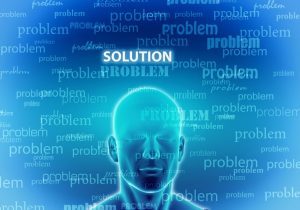
Physicians have tried to help quell these anxieties through medication. Maybe that works for some people but not me. Instead of helping most often they led to insomnia, disorganized thoughts or feelings of uselessness. Ridiculous!
So I looked beyond traditional western medicine and found brainwave frequency training. This is not biofeedback or eeg neurofeedback. It is the opposite: biofeed-in. No consciously trying to generate the desired brainwave frequency like the two aforementioned technologies. Instead, I choose a built-in light and sound session in the beta, alpha, theta or delta brainwave states or a combination of those states and lay back and relax. No conscious effort is needed, these light and sound sessions gently guide my mind to my pre-chosen targeted conscious state through a process referred to as entrainment.

What exactly is entrainment and how does light and sound stimulation produce this entrainment? The method by which this entrainment occurs is known as the Frequency Following Response (FFR). Through the use of audio (headphones) and visual (eye frames) stimulation, participants are gently guided into specific states of mind. Each audio beat and light pulse is a specific frequency. Our minds “think” in terms of frequency. Brainwaves change frequencies based on neural activity within the brain, be it by hearing, touch, smell, vision and/or taste. These five senses respond to activity from the environment and transmits that information to the brain via electrical signals. Hearing and vision are considered favorable senses for affecting brainwaves safely. By presenting these beats and pulses to the brain, within a few minutes, the brain begins to mimic or follow the same frequencies as the stimuli (the beats and pulses). This process is referred to as entrainment. In essence, light and sound instruments speak to the mind in it’s own language- the language of frequency.
The Frequency Following Response that the mind experiences through light and sound stimulation provides a focus for the brain. This focus safely quells any internal dialogue or “brain chatter”, and enables the participant to reach more quickly and effectively the optimum state of mind targeted for the task at hand (i.e. energizing, learning, relaxing, etc.).

So a light and sound instrument can entrain your mind to experience different levels of your consciousness and help quell my benign anxieties. As such it is a tool, but it is a very enjoyable tool. For a whole new musical experience combine your favorite playlist with a light and sound session. You can actually see, as well as hear, the music as it travels along your brainwaves. It is also for exercising your mind. After all, your brain is like a large muscle. Use light and sound to train your brain to run faster and more efficiently; to show you how to find and access your “zone” and to help clean up that mental fuzz that occasionally interrupts our mental clarity.
The light and sound instrument that I choose is the DAVID Delight Pro by Mindalive. This system has everything I have been in need of: built-in light and sound sessions targeting all four general brainwave states, plenty of information on how to maximize my session experiences and most importantly, it works for me. I’m still aware of my benign anxieties but they no longer control me. I have learned to shut off those anxious thoughts before they interfere with my normal daily life, making life so much more worth living. And I’m a whole lot more productive!
The post Coping with Benign Anxieties appeared first on Mind Machines.
from Mind Machines https://www.mindmachines.com/coping-with-benign-anxieties/
From https://mindmachines1.blogspot.com/2019/02/coping-with-benign-anxieties_5.html






